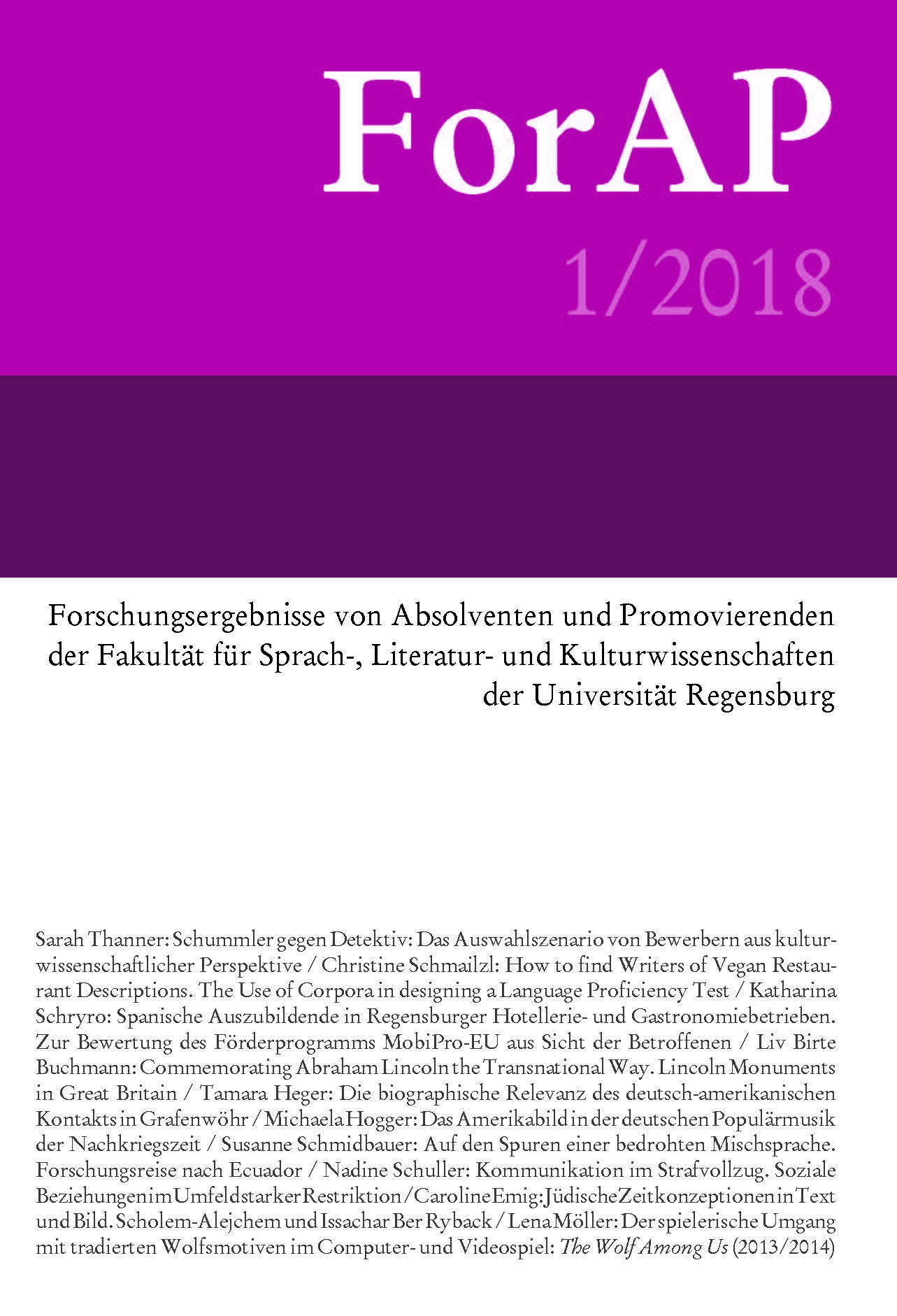Commemorating Abraham Lincoln the Transnational Way: Lincoln Monuments in Great Britain
Abstract
The study investigates the genesis, aesthetics, and ceremonial unveilings of three statues of Abraham Lincoln, the 16th American President, in Edinburgh (1893), Manchester (1919), and London (1920). Using methodology from the fields of Visual Culture Studies, Memory Studies, and Transnational American Studies, the analyses demonstrate how the British and American memory actors (initiators of the statue projects) used the installations of the Lincoln statues and the ceremonial
unveiling performances to construct an imagined transnational collective identity by turning Abraham Lincoln into a transnational symbol unifying the people of Britain and America. Therefore, the statues not only function as manifestations of this Anglo-American friendship, but also as factors in the cultural construction and emergence of the “Great Rapprochement” on a racially induced basis which would later turn into the “Special Relationship.” The study further reveals how
Americans deliberately took the image of Abraham Lincoln abroad and constructed different narratives in order to use Lincoln in Anglo-American contexts as a unifying symbol for shared values and the common fight for democracy.


